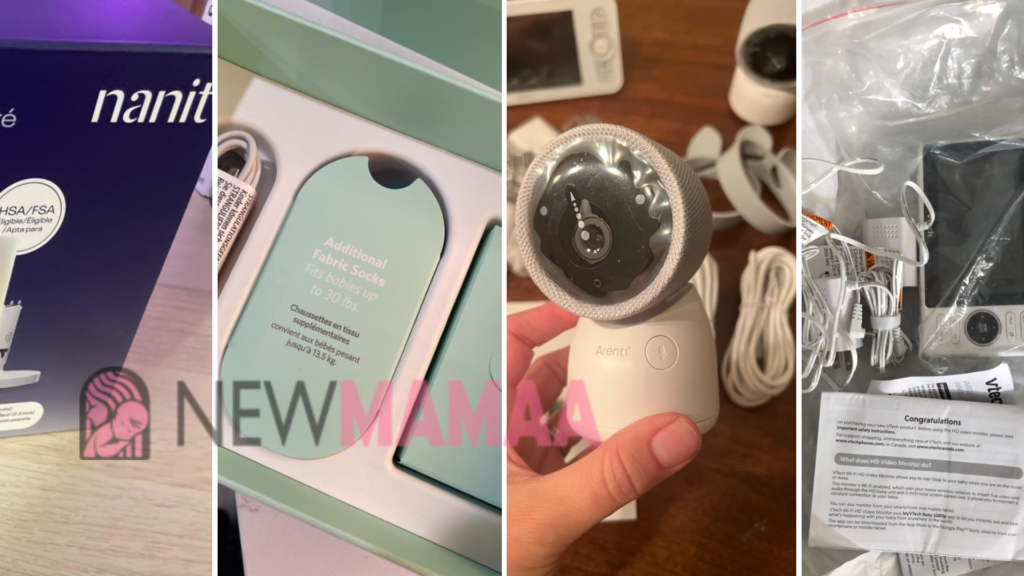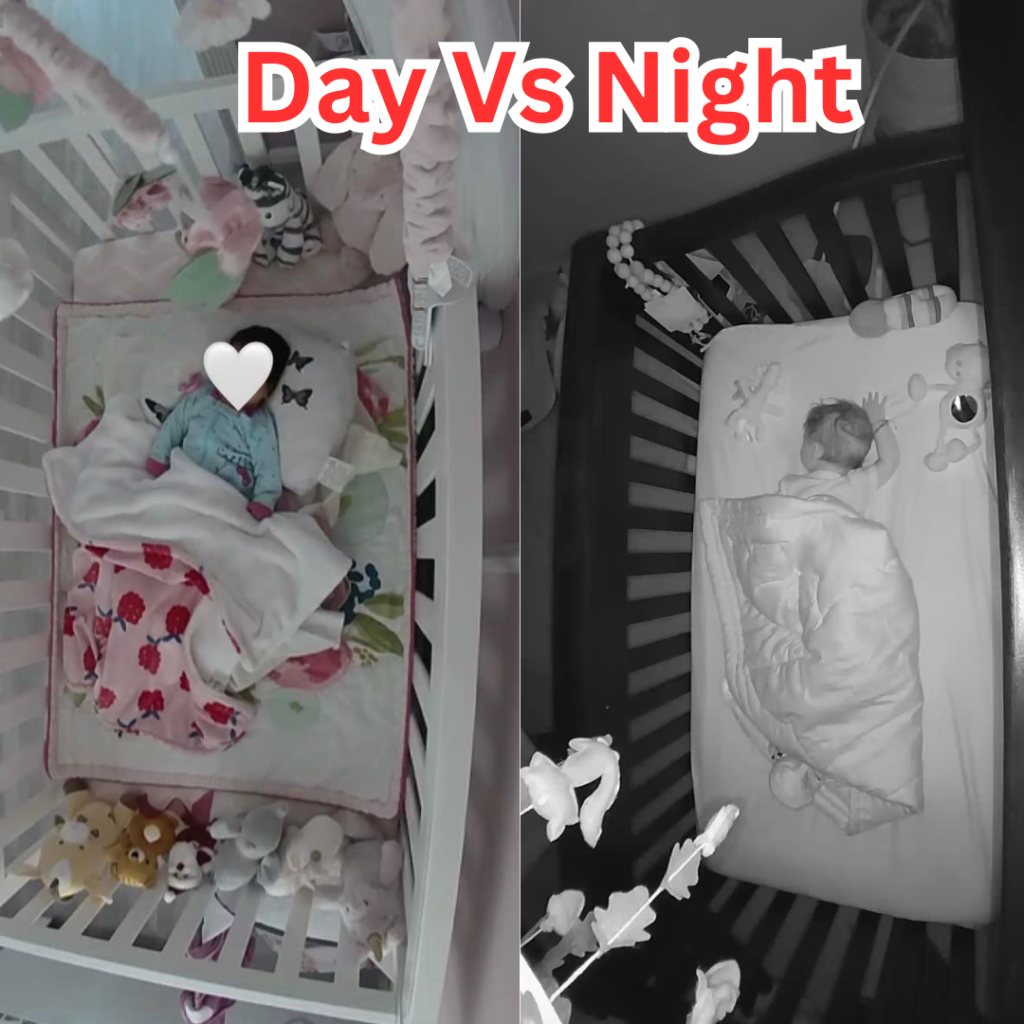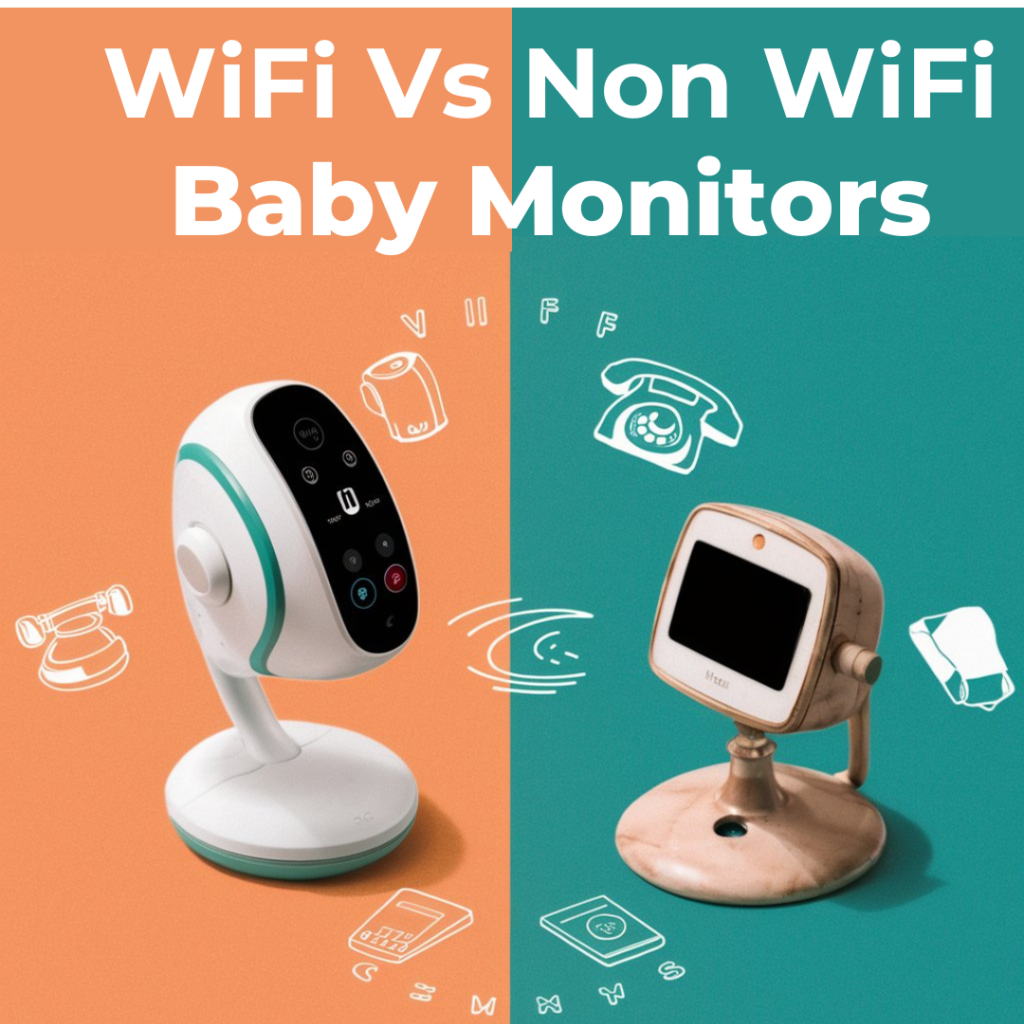Choosing the right monitor between WiFi and Non WiFi baby monitors is a significant decision for any parent. With the wide variety of baby monitors available, it can be challenging to determine which type is best suited to your needs. This comprehensive guide will help you navigate the differences between WiFi and Non WiFi baby monitors, ensuring you make an informed choice that guarantees the safety and well-being of your baby.
Understanding the Basics of WiFi and Non WiFi baby monitors
What Are Wi-Fi Baby Monitors?
Wi-Fi baby monitors utilize your home’s internet connection to transmit video and audio signals to your smartphone, tablet, or computer. This type of monitor allows you to access the feed from virtually anywhere in the world, provided you have an internet connection. Wi-Fi monitors often come with advanced features such as HD video, two-way communication, and motion detection alerts.
What Are Non-Wi-Fi Baby Monitors?
Non-Wi-Fi baby monitors operate using a direct radio frequency (RF) signal between the camera and the receiver. These monitors typically include a dedicated parent unit with a screen for viewing the video feed. Non-Wi-Fi monitors are known for their simplicity and reliability, as they do not rely on an internet connection, reducing the risk of interference or hacking.

Key Factors to Consider When Choosing a Baby Monitor
Security
Security is a paramount concern for parents when choosing a baby monitor. Wi-Fi monitors, while convenient, are potentially vulnerable to hacking if not properly secured. It is crucial to choose a Wi-Fi monitor with robust security features such as encryption, password protection, and two-factor authentication. On the other hand, Non-Wi-Fi monitors offer greater peace of mind as they are not connected to the internet, minimizing the risk of unauthorized access.
Range and Connectivity
The range of a baby monitor is an essential factor to consider, especially for larger homes. Wi-Fi monitors offer virtually unlimited range as long as you have internet access, making them ideal for parents who need to monitor their baby from different locations or even while away from home. Non-Wi-Fi monitors, however, have a limited range, typically between 600 to 1000 feet. It’s important to ensure that the range of the monitor is sufficient for your home layout.
Video and Audio Quality
Video and audio quality are critical for effective monitoring. Wi-Fi monitors often provide superior video quality, with options for HD and even 4K resolution, ensuring clear and detailed images of your baby. They also usually offer better audio clarity and features like noise-canceling. Non-Wi-Fi monitors generally offer good quality but may not match the high-definition capabilities of Wi-Fi models. Here is the sample of Day Vs Night video quality of Nanit Pro Wifi baby monitor.

Battery Life
Battery life is another important consideration. Wi-Fi monitors can drain battery life more quickly due to their advanced features and continuous internet connectivity. It’s important to check the battery specifications and opt for a monitor with long battery life or one that can be easily recharged. Non-Wi-Fi monitors typically offer longer battery life as they use less power-intensive technology.
Ease of Use
Ease of use is a critical factor, especially for new parents. Wi-Fi monitors often come with smartphone apps that can be intuitive and user-friendly, but they also require setup and maintenance of network settings. Non-Wi-Fi monitors are typically plug-and-play, making them easier to set up and use without technical know-how.
Advantages and Disadvantages of Wi-Fi Baby Monitors
Advantages
- Remote Access: Allows monitoring from anywhere with internet access.
- Advanced Features: Offers HD video, two-way communication, and motion detection alerts.
- Expandable Systems: Often support multiple cameras and integration with other smart home devices.
Disadvantages
- Security Risks: Potential vulnerability to hacking.
- Internet Dependency: Requires a stable internet connection.
- Higher Cost: Generally more expensive due to advanced technology.
Advantages and Disadvantages of Non-Wi-Fi Baby Monitors
Advantages
- Security: No internet connection means reduced risk of hacking.
- Reliability: Less prone to interference and signal loss.
- Cost-Effective: Typically more affordable than Wi-Fi monitors.
Disadvantages
- Limited Range: Restricted to the range of the RF signal.
- Basic Features: Lacks advanced features like HD video and remote access.
- Portability: Requires the parent unit to be within the signal range.
Situational Considerations
Home Size and Layout
For larger homes or multi-story houses, Wi-Fi monitors might be more suitable due to their unlimited range. In contrast, Non-Wi-Fi monitors are ideal for smaller homes or apartments where the range is less of an issue.
Internet Reliability
If your internet connection is unreliable or you have concerns about potential outages, a Non-Wi-Fi monitor would be more dependable.
Travel and Mobility
Parents who travel frequently or need to monitor their baby while away from home will benefit from the remote access capabilities of a Wi-Fi monitor.
Popular Models to Consider
We have recently tested more than 10 different baby monitors and shortlisted Top 5 Best Baby Monitors of 2024. Selecting the top baby monitors involved an exhaustive and meticulous testing process to ensure we provided you with only the best options.
Wi-Fi Baby Monitors
- Nanit Pro: Offers crystal-clear HD video, sleep tracking, and two-way audio.
- Owlet Dream Duo: Includes a smart sock for monitoring heart rate and oxygen levels.
- Chillax DM620 Baby Mood Pro: Features advanced night vision, air sensors, and smart alerts.
Non-Wi-Fi Baby Monitors
- Infant Optics DXR-8: Known for its interchangeable lens system and reliability.
- VAVA Baby Monitor: Offers a large display and long battery life.
- HelloBaby Video Monitor: Features a robust signal and user-friendly interface.
Conclusion
In conclusion, the choice between a Wi-Fi and Non-Wi-Fi baby monitor depends on your specific needs, preferences, and circumstances. Wi-Fi monitors provide flexibility and advanced features for tech-savvy parents, while Non-Wi-Fi monitors offer simplicity and enhanced security. By carefully considering the factors outlined in this guide, you can confidently select the baby monitor that best ensures the safety and comfort of your baby.
Emily Mcmelon is a highly skilled and accomplished writer specializing in the field of pediatrics. With a deep passion for children’s health, she has dedicated her career to creating informative and engaging content that helps parents and caregivers navigate the complex world of pediatric care.


